If you haven’t caught a glimpse of Primal Game Studio’s Mandragora yet, you’ll have a hard time forgetting it after seeing it in action. That’s mostly thanks to its gripping art style, which blends the beauty of a game like Ori and the Blind Forest and the hopeless darkness of Diablo III. It’s these haunting storybook-like visuals that have snatched the interest of so many gaming fans, but it’s the Metroidvania and Soulslike gameplay that keeps them around. We had the opportunity to interview creative director István Zsuffa and art lead Ildikó Tóth to learn more about Mandragora before its Kickstarter campaign ends next week. The Hungary-based studio was happy to talk all about the crowdfunding campaign, what it’s like making a 2.5D Soulslike, DLC ambitions, bosses, and so much more.
The Escapist: Who are you, and what do you do at Primal Game Studio? Where did the idea for Mandragora come from?
István Zsuffa: I’m István Zsuffa, creative director at Primal Game Studio. I write design, plan UI, build levels, work on 3D models, handle lighting, and level decoration. And I come up with ideas — sometimes good, sometimes just plain stupid — all the time.
Ildikó Tóth: I’m Ildikó Tóth, art lead on Mandragora. I work on concept art, textures, and gameplay design, and I design and build levels.
István Zsuffa and Ildikó Tóth: The very first idea for Mandragora was born during a trip we took to the Wicklow Mountains National Park in Ireland in 2016. The dark fantasy aesthetic of the environment inspired us so much that we spent most of our time just walking on dark forest roads, talking about a game we would love to work on, based on this newly found inspiration.
After many months of ideation — the end result of which was a multi-page pitch with early concept art and design ideas — we really set things in motion back in 2018, together with others here at Primal Game Studio. Back then, in mid-2018, there weren’t too many of us, but now, the Mandragora team is home to over 25 awesome people.
To kick things off, I’d love for you to talk me through Mandragora’s core gameplay loop.
István Zsuffa and Ildikó Tóth: The core gameplay loop in Mandragora is rather simple on paper, and it resembles that of other Metroidvania and Soulslike games: You explore the game’s levels, defeat monsters, and collect experience points (called Essence or Life Essence in Mandragora), level up and become stronger, and defeat more challenging foes in newly explored areas.
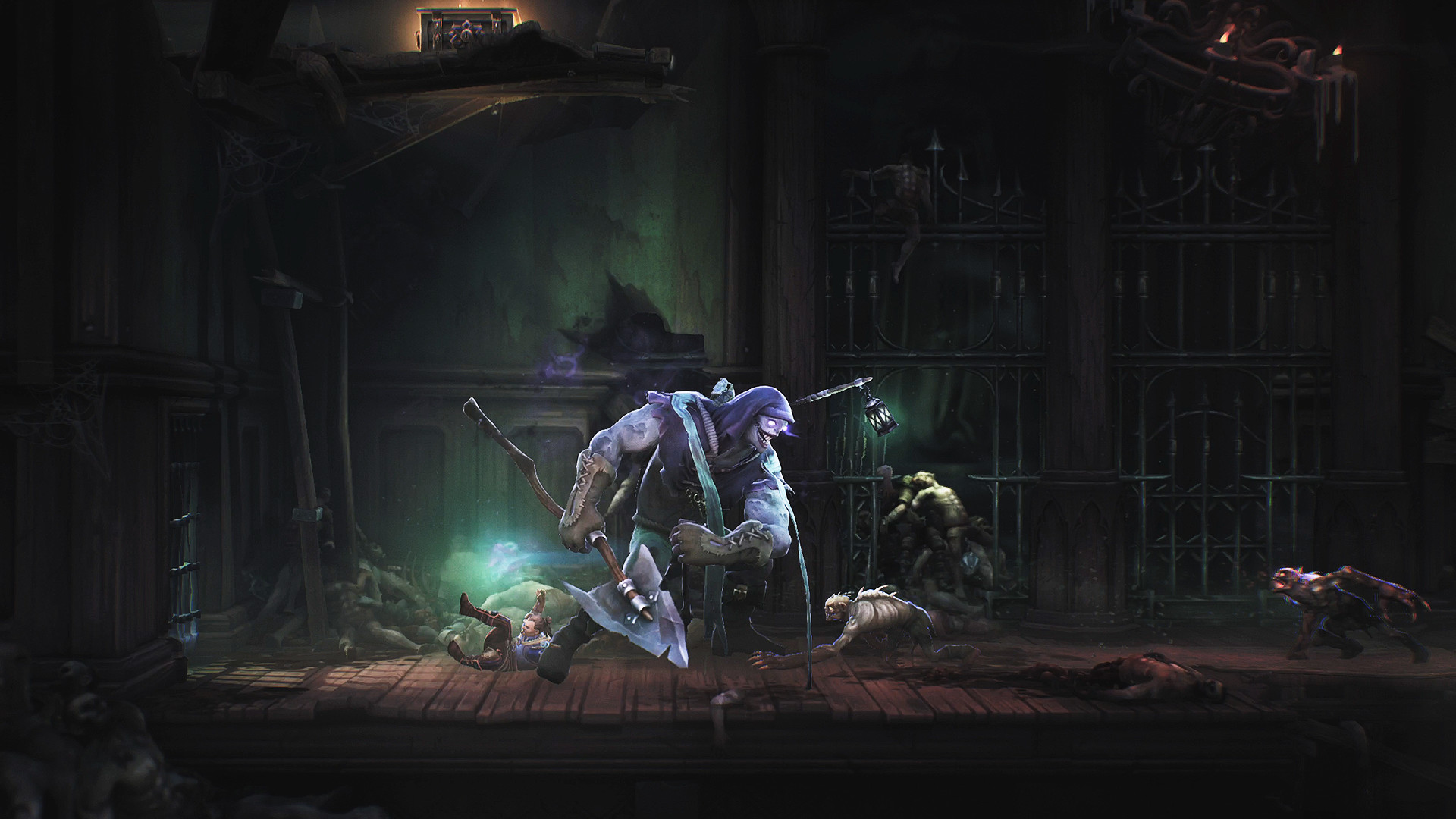
How does gameplay evolve throughout the course of Mandragora? We’ll obviously find equipment and upgrade our skill trees, but I’m curious how players will be encouraged to shake up their play styles as they move through this bleak world.
István Zsuffa and Ildikó Tóth: The simple gameplay loop that we explained above becomes more and more complex, with several character development features that are gradually added to the game as you progress. The game will offer six playable character classes at the beginning:
- Vanguard: Melee fighter with massive shields and various combat skills
- Spellbinder: A glass-cannon type, long-range spellcaster with burst damage
- Larcenist: A quick and agile assassin-type character with poisons and various combo attacks
- Heretic: Mid-range fighter-mage with direct damage- and DoT-type fire spells and one-handed weapons
- Warden: A druid-like spellcaster with a heavy emphasis on summons and crowd control-type nature spells
- Inquisitor: A close-range, tanky fighter priest, who uses their short swords and divine magic in deadly harmony
Each class has its own Passive Talent Tree, on which Talent Points, granted for each level-up, can be spent on various basic attributes (e.g. Strength, Power, Endurance, and Faith), as well as on Passive Talents that can improve a specific play style — or, in some cases, introduce new ways to play. Most of these Talents are not simple parameter changes (like +X% Damage or HP) but instead involve more complex mechanics. Some examples:
- Inner Fire (Heretic Passive Talent): Grants +10% damage to the next three melee attacks after casting a fire spell
- Shield Bash (Vanguard Passive Talent): If you parry an enemy attack successfully, then pressing the “Parry” button in quick succession will deal damage and extend the duration of the stagger/stun.
Each class consists of two different sub-classes, based on the direction you move towards on the Talent Tree. For instance, the Vanguard can become a full tank in heavy armor, with heavy shield and one-handed weapon in their hands (right side of the Vanguard’s Talent Tree), or a brawler-type character in medium armor, with a brutal two-handed weapon such as a warhammer in their hands (left side of the Vanguard’s Talent Tree).
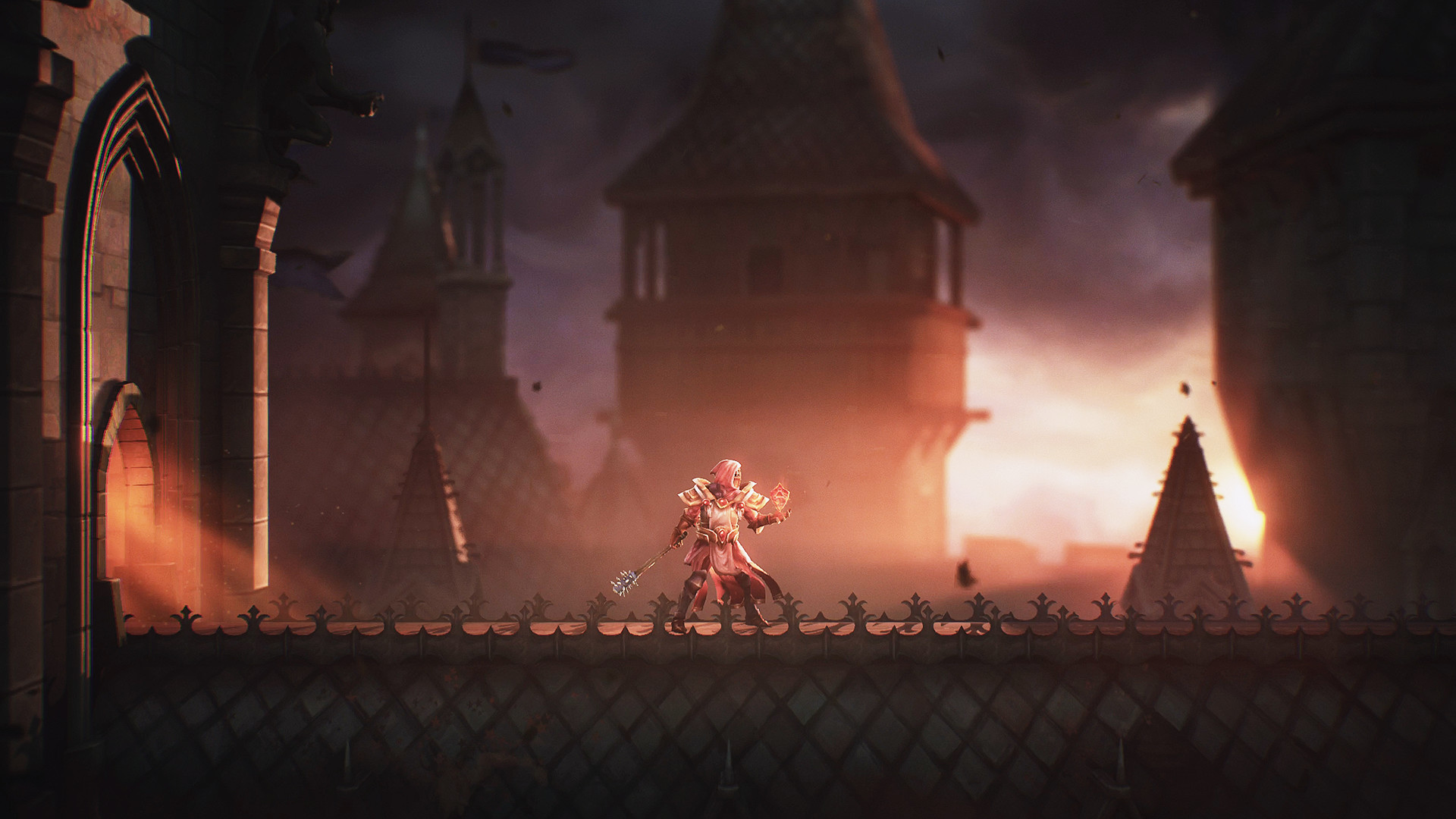
In addition to the Passive Talents, each class will have its own selection of Active Skills: various fire and elemental spells, physical attacks, combo attacks, and so on. But it’s more complex than that. Each individual Active Skill will have its own mini skill tree, where you will be able to add extra effects to your spells. These effects can, for instance, grant damage over time (DoT), various buffs and debuffs, and crowd control effects such as ministun and push. As you spend Talent Points and move on the Talent Tree, you will be able to move on to neighboring trees of other classes, thus creating mixed classes. For example, you will be able to create a priest-tank that uses shields, just like a Vanguard, or a druid-assassin that uses nature spells and various poison DoTs.
As in classic RPGs and ARPGs, you will be able to find dozens of different weapons and armor, as well as other items — such as rings, capes and quick-use items — over the course of your adventures. Some will be dropped by defeated enemies, others you will find in chests, and others you will craft at various NPCs, using crafting materials. Each such item will have different attributes (in case of weapons, for instance, this includes base damage, reach, attack speed, and so on), as well as unique attributes, such as an extra chance to apply a burn DoT on the enemy. Weapons and armor can be enchanted at specific NPCs. Enchanting an item can grant some basic attribute increase or even additional unique attributes.
You will find many NPCs during your journey, and some will be willing to join your growing Caravan. These NPCs will offer various different services: Some will buy, sell, and craft specific types of items, while others will do more unique things, such as creating maps from map fragments you provide them with, or growing herbs in a garden that you can then use as crafting and cooking materials.
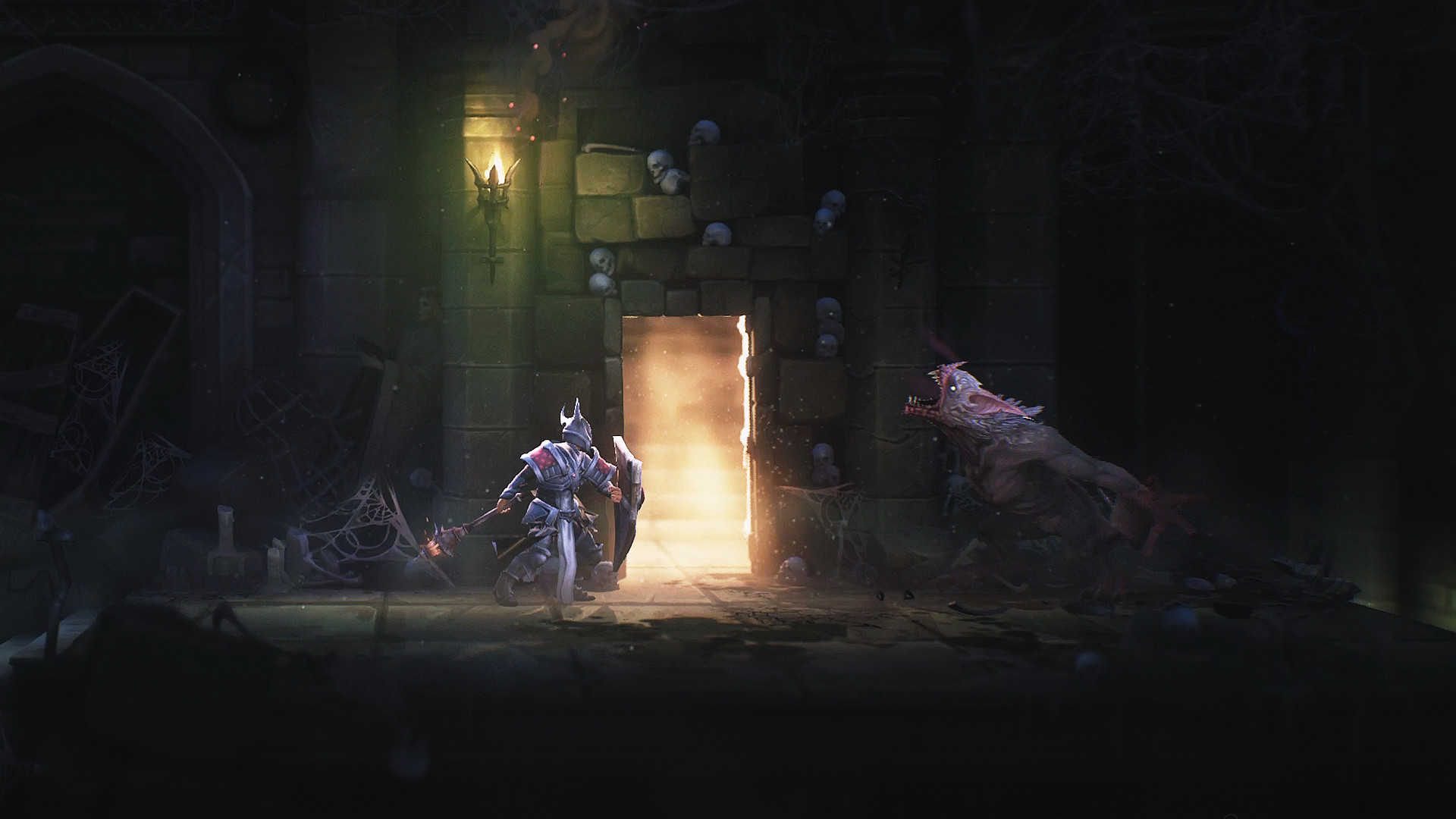
On Mandragora’s Kickstarter page, you explain that you’ve included features from other Metroidvanias, Soulslikes, classic RPGs, and narrative-driven titles. Can you explain not only how Mandragora is similar to its inspirations but also how it stands apart as its own experience?
István Zsuffa and Ildikó Tóth: At its core, Mandragora is a Metroidvania: There is a huge, interconnected 2.5D world with non-linearity and utility-gated exploration. What makes it different is the introduction of Entropy, a dark and mysterious dimension with its own gameplay and visual rules.
Entropy levels in Mandragora come in different forms. For example, there will be “ordinary” Entropy levels where the player’s main goal is to connect to other levels while also facing several challenges unique to Entropy, such as organic platforms, different gravity, strange monsters with even stranger mechanics, and so on. There will also be Entropic Survival Encounters: levels where you will have to fight waves of monsters with increasing difficulty, to get a special reward. And there will be more, but we don’t want to spoil too much this early!
Combat in Mandragora is relatively slow-paced, tactical, and challenging. It is based on enemy patterns, combos, and timing, which, once learned, becomes much easier to handle. It will be similar to the combat in the Dark Souls games, for instance, but in 2D. And while we have several ideas for unique enemies, abilities, combos, and whatnot, we have never wanted to reinvent the wheel here. It was our goal from the very beginning to offer players very polished 2D Soulslike combat with exciting enemies. We have come up with ideas to further motivate the players to want to fight more and more enemies. One example is the fully illustrated in-game Bestiary. This will be available in the player character’s own personal hideout to read every time you get there. In this book, each new enemy you just defeated appears as a new entry, with a beautiful hand-drawn illustration and some basic gameplay and lore info. But as you defeat more and more of a specific monster type, you will unlock new levels of lore and gameplay info and even some combat bonuses against that creature type. On top of this, Bestiary unlocks will have several in-game achievements connected to them.
We already explained character development above, but to recap, Mandragora has a very complex character development system, which is closer to that of classic RPGs than most Metroidvania and Soulslike games.
Another difference between Metroidvania and Soulslike games and Mandragora is the storytelling. In Mandragora, the story is told in a way similar to games like The Witcher 3 (although on a smaller scale), where there are dozens of NPCs, primary and secondary quests, moral choices, and different endings. All this with high-quality voiceover work to further help the immersion.
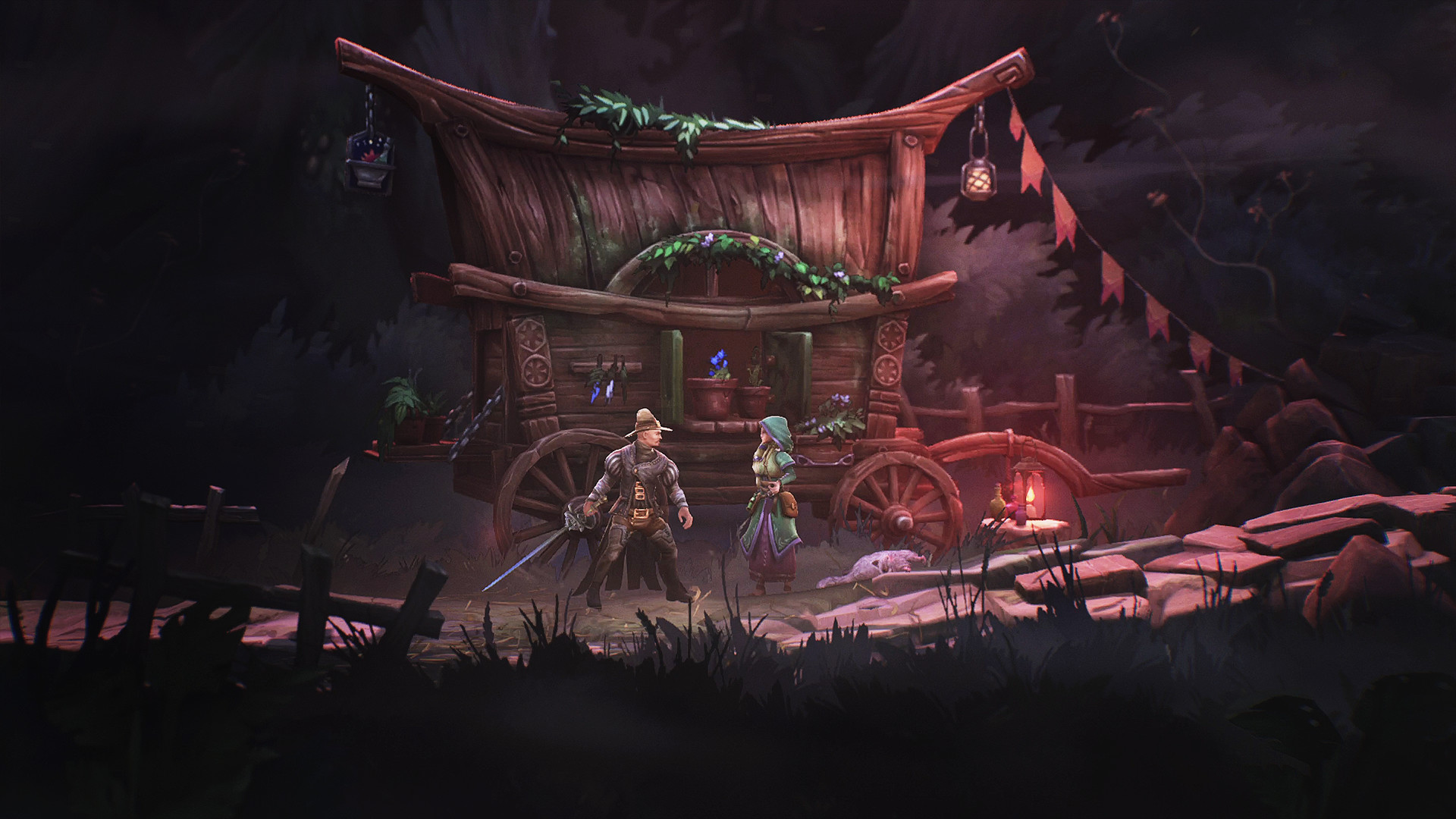
The Kickstarter also mentions that there will be 10 main bosses and five mini-bosses. Can you talk more about the variety we can expect from these fights? I’m also curious if that total boss number is still 15 or if it may change before launch.
István Zsuffa and Ildikó Tóth: Our goal with the bosses of Mandragora has always been to make them have unique gameplay elements in such a combination that would make each of them a very different experience from the others. Without spoilers, here are some examples:
- There will be a boss with several adds.
- There will be a boss that changes its form mid-fight.
- There will be a boss that will actually be three different characters, each with unique abilities and visuals, and we have to fight them all at once.
10+5 is the minimum number, but we’ll try to add as many exciting additional bosses (in a very polished state) as our team can manage.
When you show someone a trailer for Mandragora, they are always quick to point out its incredible art style. Has its dark aesthetic mostly stayed the same from the beginning of development?
István Zsuffa and Ildikó Tóth: We love that so many people like the art style we’ve crafted for Mandragora.
From the beginning, our two main visual inspirations have been Ori and the Blind Forest and Diablo III. They both play with strong light and color and also include beautiful, painterly textures. Obviously, we never wanted Mandragora to feel like a carbon copy of anything else, though — we’ve always strived to create something that really feels unique and new. While it did take a few years and more than a few iterations to land on the final art style and visual direction for Mandragora, the positive reactions and final result definitely make that journey feel worth it.
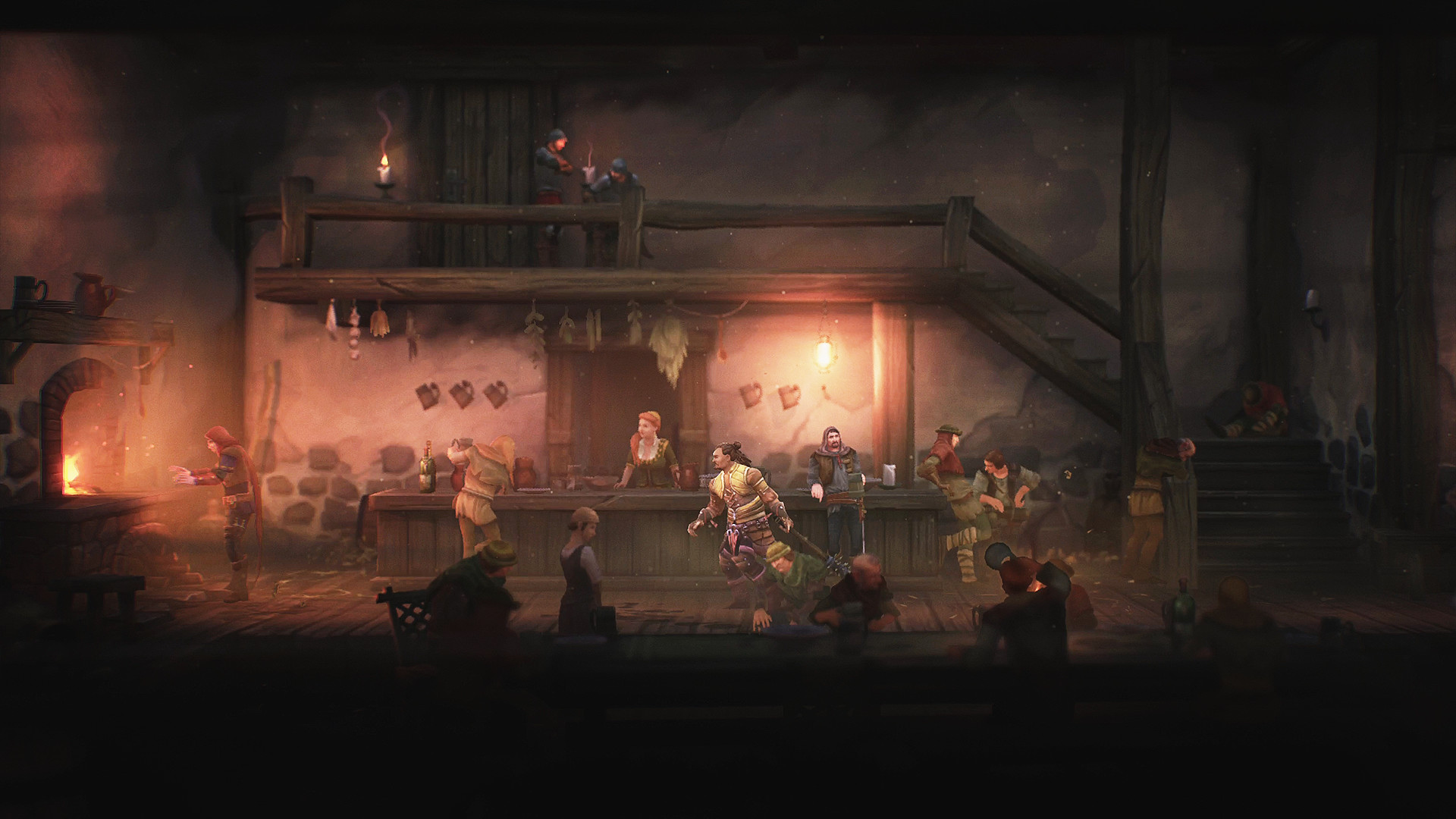
What were some of the challenges of implementing an art style like this? Did the commitment to this style influence gameplay in any way or vice versa?
István Zsuffa and Ildikó Tóth: Gameplay and visuals definitely affect each other, and we’re always working hard to ensure that gameplay is both enjoyable and harmonious with the art style.
The biggest challenge for us was to find an art style that is different enough from other games so that when someone looks at a screenshot or video of Mandragora, they’ll immediately know what game it is. We hope we have achieved this goal.
Another challenge was to make sure that this art style can work well in a production environment. I mean, we have to create a full game with a huge world to explore, and not just a short visual demonstration. So we needed to make sure that, on every asset type, multiple people with somewhat different art backgrounds could work together, while maintaining the quality and keeping the art style intact. If only one concept artist could create concepts, or only one texture artist could create textures — because of such a unique style that only one person could reproduce — we would never finish the development of Mandragora.
Achieving this was perhaps even harder than actually finding the art style itself, because in this case we had to make compromises: We had to reduce the “painterliness” of the game and make it look a bit more ordinary. But in the end, it has paid off, as now a team of 10+ artists can work together in harmony, and we’re making very good progress.
I’ve seen clips of some brutal death animations. Are there lots of ways we’ll get to see our characters die?
István Zsuffa and Ildikó Tóth: Definitely! Our animation team is always coming up with fun new ways to see our player and enemies face the “You Are Dead” screen. We also unlocked “Dismemberment” as part of our main Kickstarter goal, so expect to see plenty of limbs flying around.
From the first level to the credits, how long do you expect it will take players to beat Mandragora?
István Zsuffa and Ildikó Tóth: We currently estimate an average playthrough at around 30-35 hours, not including NG+. Of course, that depends on the player skill level and may change depending on the content we’re able to include (such as those reached with stretch goals!), but that’s our current estimate.
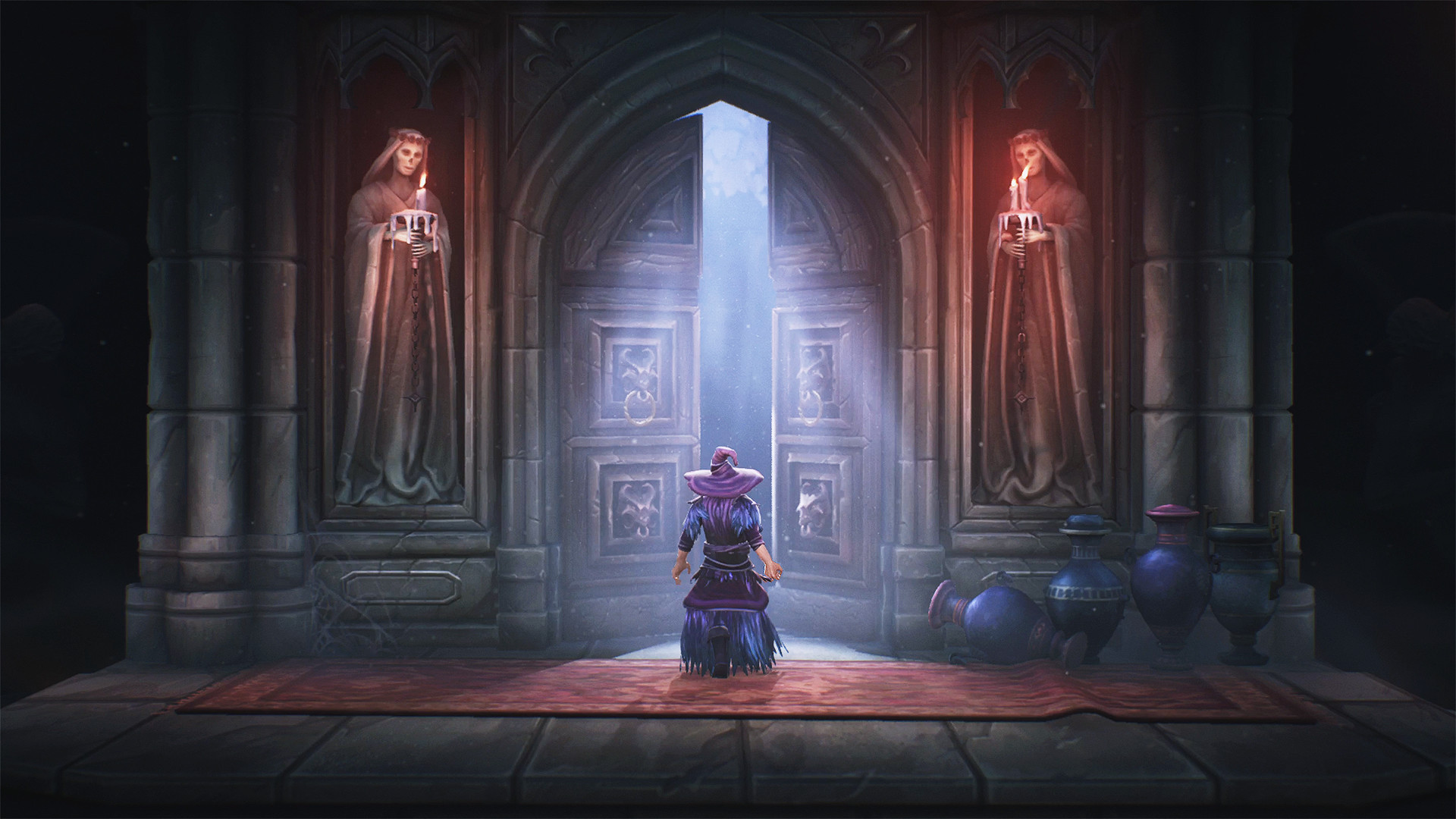
Another takeaway I had from the Kickstarter page is that there are currently no plans for DLC, but Primal does mention that it is “definitely planning to both support and expand the world of Mandragora later down the line.” Could you clarify what that might mean?
István Zsuffa and Ildikó Tóth: We actually already have tons of ideas for future DLCs. It’s too early to talk about specifics, but we can confirm that we want to make at least one DLC for Mandragora, with whole new areas, a longer-than-usual game time (in terms of DLCs), and several new enemies, bosses, and gameplay mechanics.
Can you talk about how feedback from the Mandragora pre-alpha has changed the game for the better?
István Zsuffa and Ildikó Tóth: Our energies right now have been mainly focused on the success of our current Kickstarter campaign, but we’ve definitely been listening to the feedback received as people have begun to play the pre-alpha. For example, we noticed a desire to have more “meatier” attacks during combat, and that’s something we’re definitely going to be working on.
Mandragora is coming to PC, Nintendo Switch, PlayStation 5, and Xbox Series X | S. Do any of those platforms have exclusive features or content, like adaptive triggers on PS5?
István Zsuffa and Ildikó Tóth: We can’t confirm any console-specific features just yet, but we can confirm that we’re aiming to support as many extra features as possible.
Is there anything else you’d like to add about Mandragora, its gameplay and art, Primal, or crowdfunding?
István Zsuffa and Ildikó Tóth: We have a Kickstarter running until October 25. If anyone is interested in supporting Mandragora and helping us make it the best it can be (and getting Kickstarter-exclusive rewards in return), please visit our campaign page: https://www.kickstarter.com/projects/primalgs/mandragora/
Primal Game Studio will release Mandragora for PC, Nintendo Switch, PlayStation 5, and Xbox Series X | S in 2023.
This interview about Mandragora has been edited for clarity.

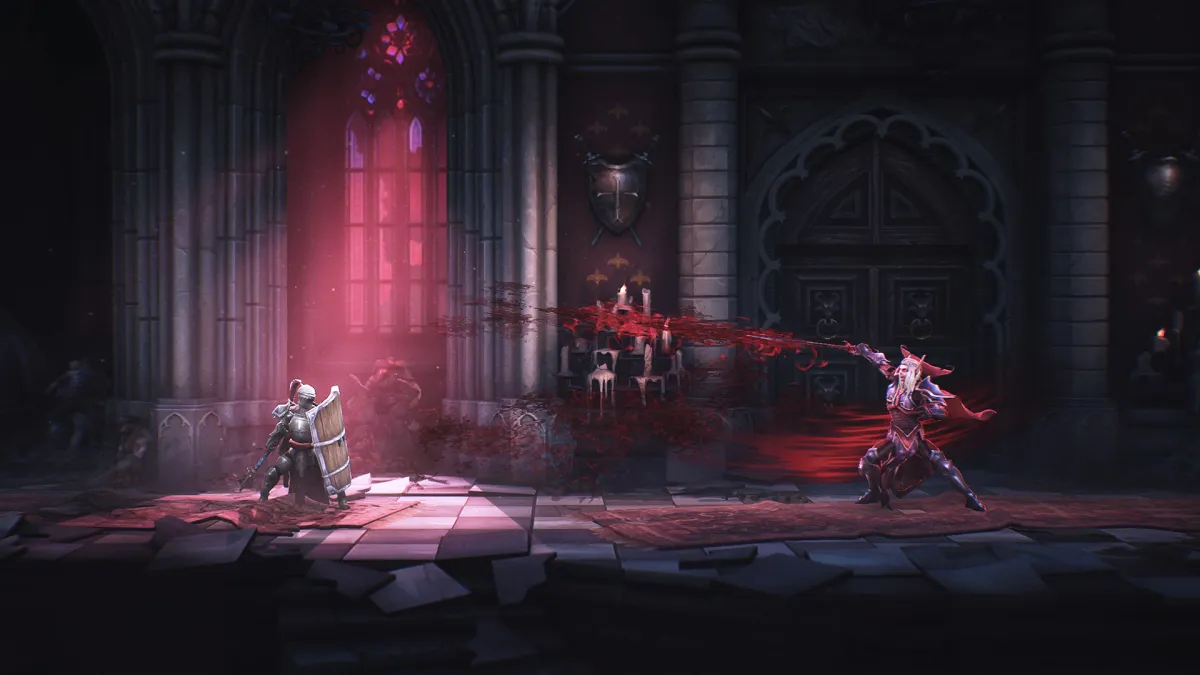
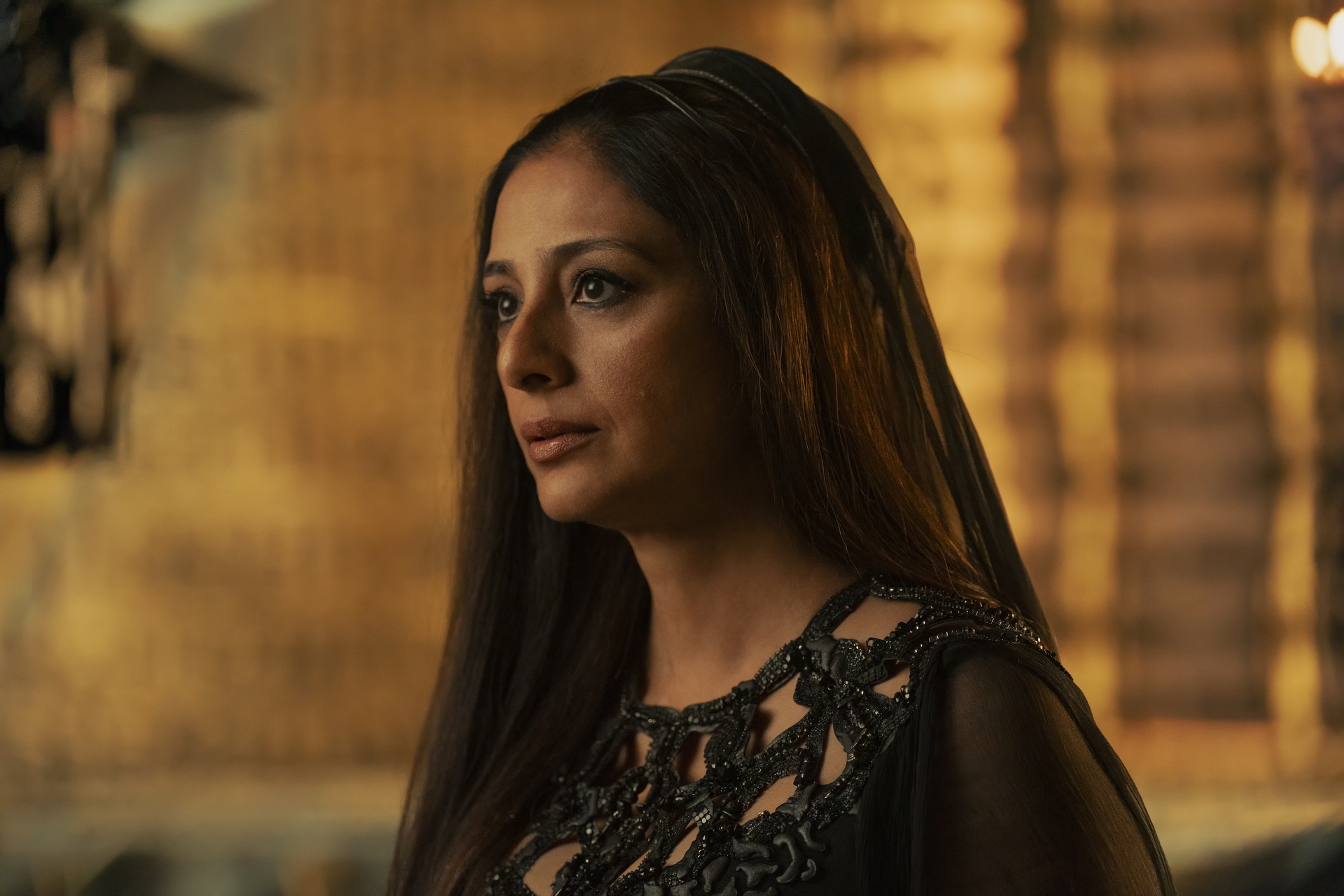
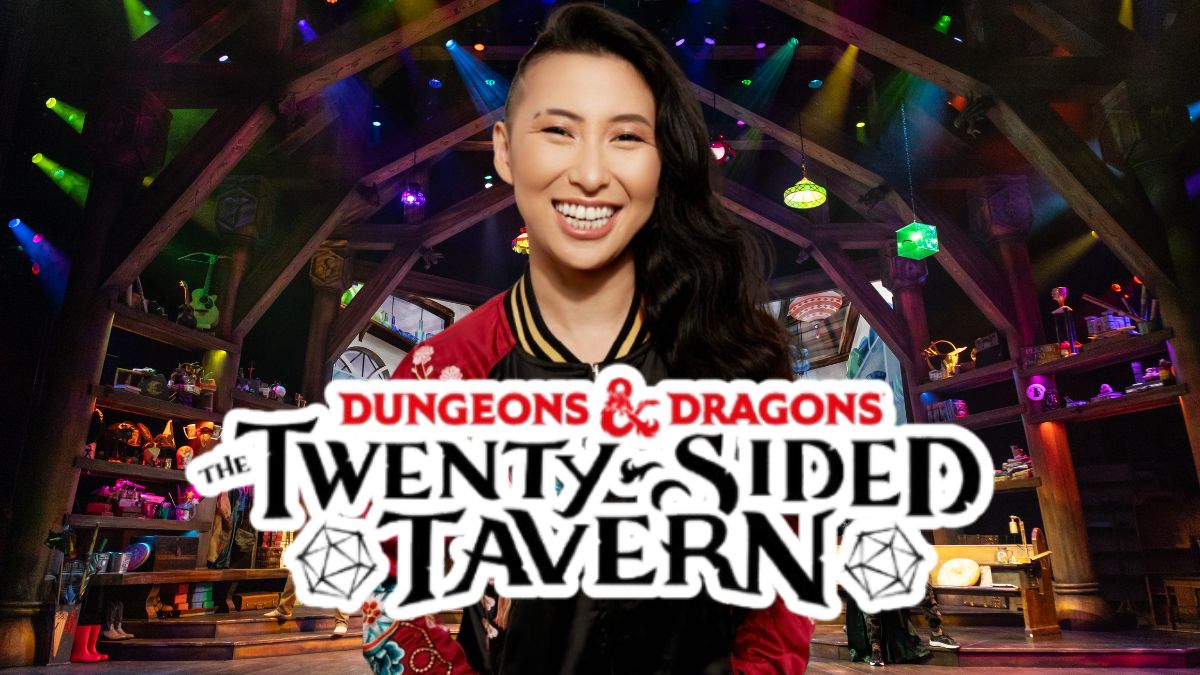
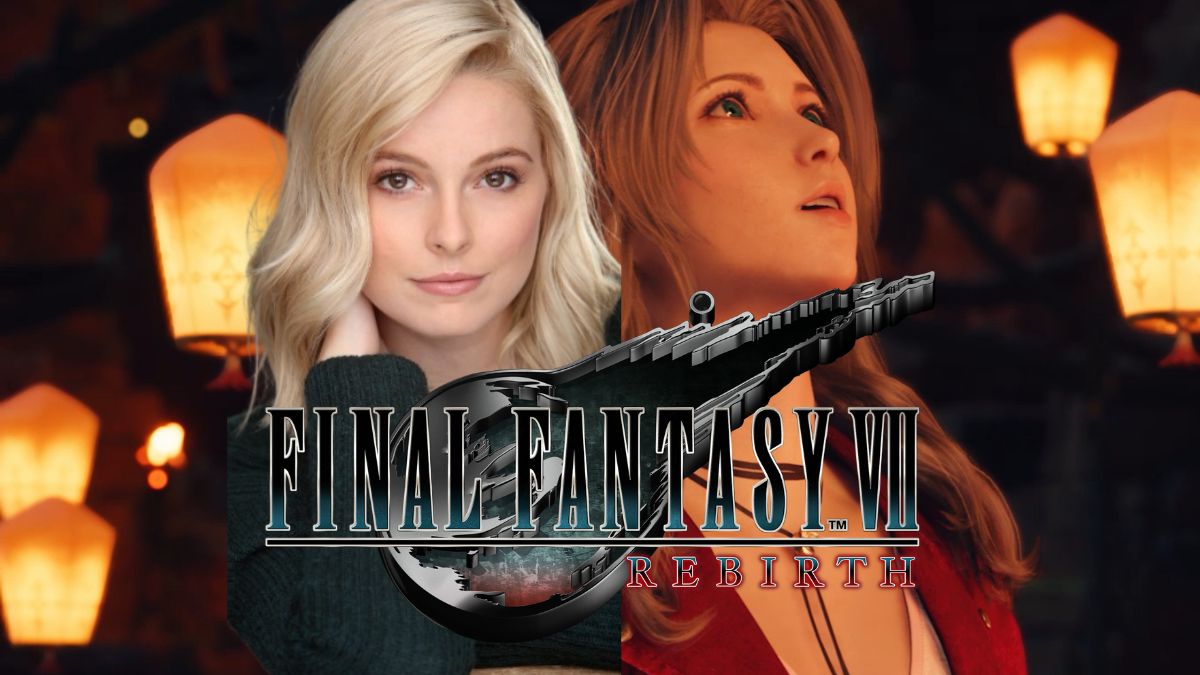

Published: Oct 20, 2022 11:00 am